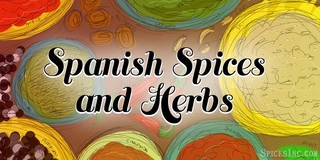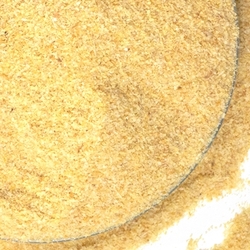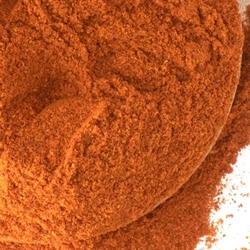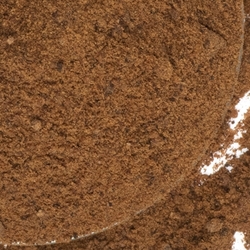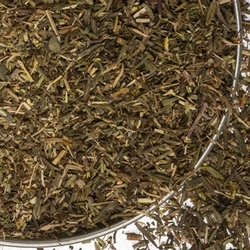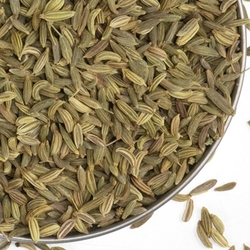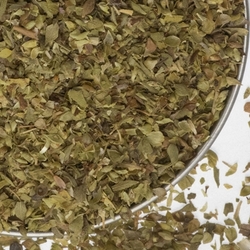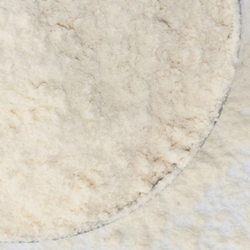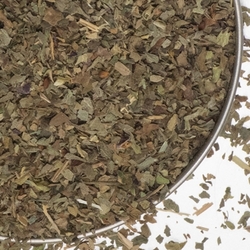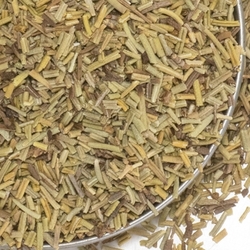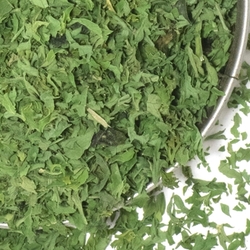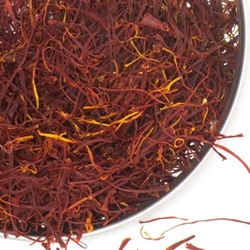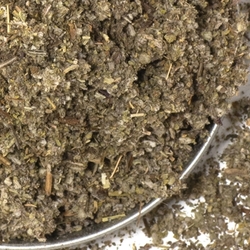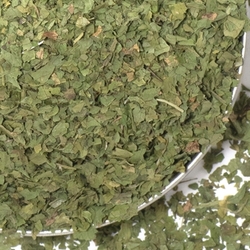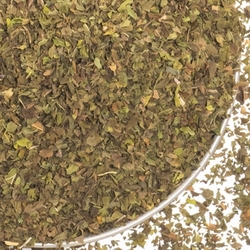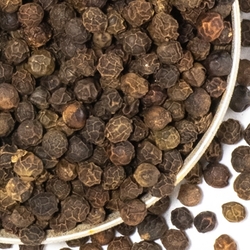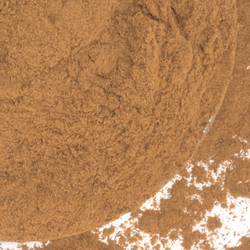Spanish Spices and Herbs
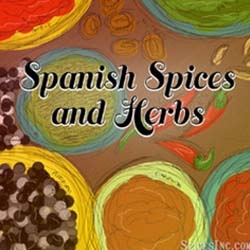
When you think of Spanish foods you may think of warm empanadas, rice and beans, and paella. These are classic and full of flavor, not unlike most of the food from this part of the world. Many Spanish households still prepare their meals by hand, stopping at farmer's markets on their way home for fresh produce to incorporate into their dinners. Lunchtime is the biggest meal of the day, and with it comes the height of flavor and human interaction. There is a period of conversation practiced after lunch daily that will sometimes spill over into dinnertime called the sobremesa. This part of an average day in Spain is vibrant with both good company and delicious spices.
Spanish Spices
Each cuisine has a specific palette of spices that define what makes their food ‘theirs'. A spice can be found all over the world, but if it has become a star in one cuisine, it develops a second personality as a spice from that cuisine. Spices that make food distinctly Spanish include:
- Paprika- the true star of Spanish food. This gives the signature red color and smoky flavor to many Spanish dishes
- Saffron- is one of the rarest spices in the world. In Spain, it has been cultivated for hundreds of years, especially in the La Mancha region. It is essential for paella.
- Cayenne Pepper- Typically Spanish dishes aren't overly spicy, but when they are it is Cayenne pepper that gives them their kick.
- Nora Peppers- These chiles are mild, sweet, and rich flavored. They lend their red color to many Spanish dishes.
- Salt- in Spanish cuisine, salt is king. The word "sosa" means bland in Spanish, which denotes that there isn't enough salt in a food. Salted cod is an extremely common and popular dish in Spain. Salt is sprinkled on tomatoes before they are put in a salad to draw the juices out.
- Garlic- No kitchen in Spain is truly complete if there is no garlic present. Garlic goes on everything from toast in the morning to the meat at dinnertime. There is nothing garlic doesn't work well with for the Spanish.
- Onion- is used often, either fresh or ground. Onion is most popular in omelets.
- Peppercorns- fresh ground pepper is popular in soups.
- Fennel- is also a favorite in Spanish cooking. This licorice smelling spice is abundant across the country and is used to flavor cooking water and seafood.
- Cinnamon- widely used in both savory and sweet dishes. Cinnamon sticks in Spain are just as common as ground cinnamon.
- Nutmeg- is a huge part of the famed dessert Crème Catalana. It is sometimes used to flavor Albondigas, or Spanish style meatballs.
Spanish Herbs
Spanish cooking is also herb heavy. Many Spanish families have herb gardens, and some herbs such as parsley are so abundant that they are given away for free by shopkeepers. There are some dishes that are simply incomplete without an herbal element, after all.Spanish herbs include:
- Cilantro- this is an essential herb in Spanish cooking. It is popular in grilled dishes.
- Rosemary- usually found floating around in vinegars for marinades, this herb is used frequently to brighten dishes. Sometimes a little rosemary is added to the flames of bread making ovens to give the bread a better aroma.
- Thyme- can be found in a variety of Spanish soups and stews. Thyme pairs well with many different meats and is commonly grown in home gardens all over Spain.
- Oregano- found frequently alongside pickled vegetables, meat casseroles, and in meat marinades. Just like the Italians, the Spanish are generous with oregano on pizza.
- Parsley- parsley and fish are a classic combination in Spanish cuisine. Parsley is so popular in Spanish cooking that you can find it in nearly every dish, except perhaps the sweets.
- Spearmint- is called "the good weed" in Spain. This brings a sweet brightness to tomato sauces, and sometimes you will find people dropping a leaf or two of fresh mint directly in their water for a cooling refreshment on a hot day.
- Tarragon- this versatile herb is used frequently in dishes like eggs, chicken, and vegetables.
- Basil- essential to pesto sauce and tomato based dishes.
- Sage- is used with pork and rice, and some vegetable dishes.
These numerous herbs give that signature freshness to Spanish cuisine. It is very unique to Spain that much of their food is still grown and picked locally, with many people choosing to shop for food daily instead of doing weekly or biweekly shopping trips like Americans prefer.
What Are the Spices in Spanish Rice?
The spices used in Spanish rice are cilantro, pepper, garlic, salt, and a little bit of cumin. It is also typically prepared with a tomato sauce of some kind. This is a dish you can eat alone or serve alongside a pile of steaming vegetables or your meat of choice. Spanish rice is rich in flavor, but also in nutrition and is served frequently. Some families will even make big pots of it to scoop out of for a few days straight. There may be other spices used in Spanish rice, but that varies based on region. The spices mentioned before are from a traditional Spanish recipe, but Spanish rice prepared in Puerto Rico for example would be flavored with much more salt and chicken flavoring, and Spanish rice prepared in the United States may incorporate more Americanized flavors.
Spices Used in Spanish Chorizo
Spanish chorizo is unique and flavored differently from Mexican chorizo, which is usually what you will find in American supermarkets. Choricero Peppers are the main component of Spanish chorizo. This spice gives Spanish chorizo its distinctive color. Choricero Peppers are a hard to find chile pepper so in this country you'll likely find that most sources say to just use a smoked Spanish paprika. We beg to differ. Garlic is sometimes added as is Parsley.
With these herbs and spices, Spanish cuisine has garnered a reputation for being immensely flavorful, aromatic, and beautiful to look at. Even appetizers in Spain are aesthetically pleasing. Have you ever seen Patatas Bravas? At their messiest they still look incredible. Bring a little bit of Spain to your table tonight with some of these herbs and spices.

